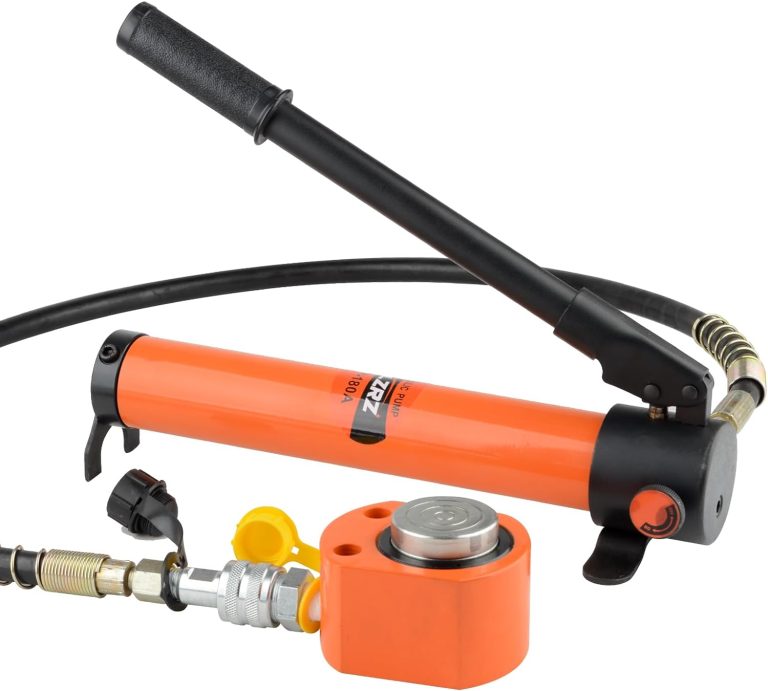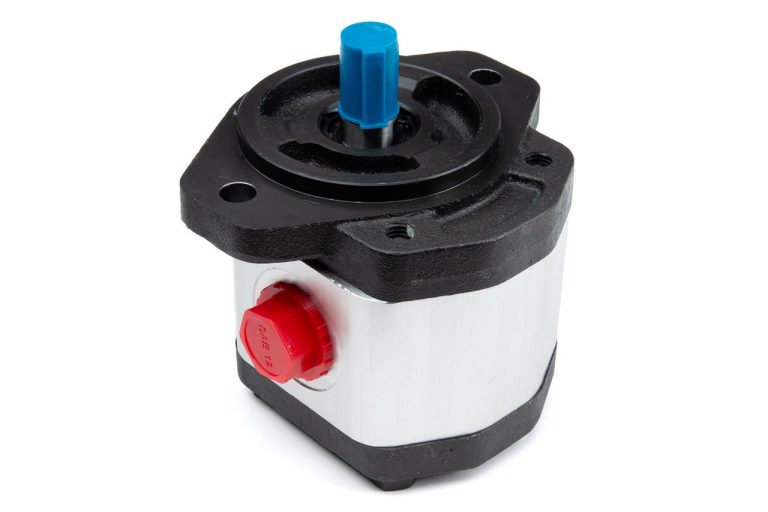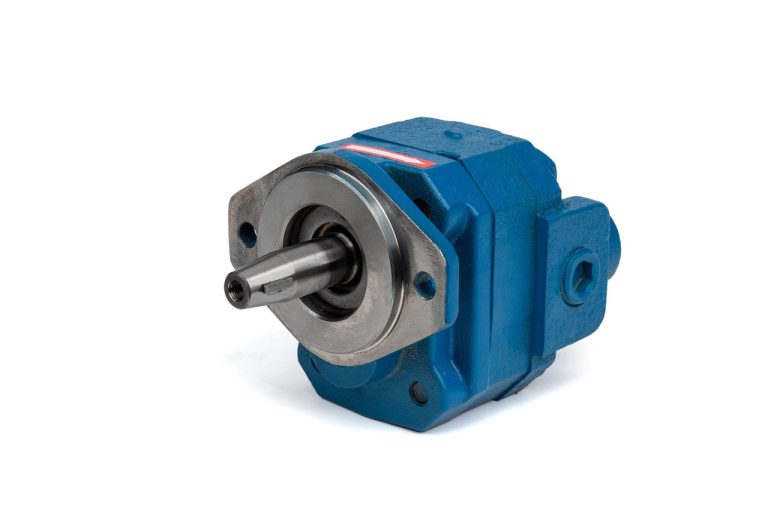How do hydraulics work?
How do hydraulics work? For centuries people have known harnessing hydropower for everyday use. It is one of the most widely used and oldest forms of energy usage. Its applications range from watering to construction equipment and heavy machinery. It is so widespread that many households and offices may use hydraulic equipment daily. The engineers of the past built the basis for contemporary hydraulic systems to meet the needs of the modern world.
But who invented hydraulics then? Well, it is hard to determine who exactly invented the hydraulic systems, but hydraulic systems have been created based on the work of great minds like Leonardo da Vinci, Galileo Galilei, Blaise Pascal, and Joseph Bramah, just to name a few. Hydraulics found its place in the modern world during the industrial revolution offering wide-reaching and effective applications.
As the 20th Century began, the time had also begun for the new and varied uses for hydraulics. Nowadays, hydraulic systems are widely used because they of their are adaptability and their easy and flexible usage with many different actuator types. The high-power density is also one of the advantages a hydraulic system system offers. Aside from vehicle and industrial usage, you can find hydraulic systems everywhere: most sophisticated machinery where one can spot hydraulic systems includes machines such as airplanes, space shuttles and construction equipment.

WHAT IS A HYDRAULIC SYSTEM?
Today, hydraulic systems can be found in a wide range of applications from small assembly processes to integrated steel applications and heavy machinery. Hydraulics enables the operator to accomplish significant work by lifting heavy loads, turning a shaft, drilling precision holes, and so forth with a minimum investment in mechanical linkage through the application of Pascal’s law.
A hydraulic press usually consists of a pair of cylinders, that are interconnected and filled with hydraulic fluid like oil. On the sides of these cylinders are installed two pistons that remain in contact with the fluid. When a certain force is applied in the smaller section of the piston, the pressure is transmitted throughout the fluid. According to the mentioned law of Pascal, the pressure will be identical to that exerted by the fluid in the other piston. For further information on how does a hydraulic cylinder work, read this blog post.
Hydraulic fluid creates fluid power by pumping the fluid through the hydraulic system. The fluid flows to the cylinder through the valve, and the hydraulic energy converts it back to mechanical energy. The valves aid to direct the flow of the fluid and the pressure can be relieved if needed.
The principle of Pascal’s law is realized in a hydraulic system by the hydraulic fluid that transmits the energy from one point to another. Because the hydraulic fluid is nearly incompressible, it can transmit power instantaneously.
A British mechanic named Joseph Bramah applied the principle of Pascal’s law and developed the first hydraulic press at the beginning of the industrial revolution. His hydraulic press was patented in 1795, widely known as the Bramah press. He figured that the pressure applied to a small area converts to a bigger force in the area that is larger on the other side of the cylinder.

HOW DOES A HYDRAULIC SYSTEM WORK?
The hydraulic system consists of five elements: the driver, the pump, the control valves, the motor, and the load. The engine may be an electric motor or an engine of any type. The pump acts mainly to increase pressure.
Hydraulic systems consist of numerous parts:
- The electric motor powers the hydraulic pump.
- The reservoir holds hydraulic fluid.
- The hydraulic pump pushes the fluid through the system and converts mechanical energy into hydraulic fluid power.
- The valves control the flow of the liquid and relieve excessive pressure from the system if needed.
- The hydraulic cylinder converts energy back into mechanical energy.
There are many types of hydraulic systems, but each of them contains the same main components as listed. All of them are designed to work the same way.
THE SCIENCE BEHIND HYDRAULICS – PASCAL’S PRINCIPLE
The science behind Hydraulics is called Pascal’s principle. Pascal’s law or Pascal’s principle, the backbone of fluid-mechanics was discovered in 1653 and published in 1663 by Blaise Pascal. According to it, if the pressure changes at any point in the hydraulic fluid, the energy will be transmitted equally in all directions. When you apply pressure on the fluid, it will be distributed equally undiminished. The fluid pressure will be equal in all parts of the container.
According to Pascal’s principle, the pressure is equal to the force divided by the area on which it acts. A pressure used on a piston produces an equal increase in pressure on the second piston in the system. If the area is 10 times the first area, the force on the second piston is 10 times greater, even the pressure is the same throughout the cylinder. The hydraulic press creates this effect, based on Pascal’s principle. Pascal also discovered that the pressure at a point in a fluid at rest is the same in all directions; the pressure would be the same on all planes passing through a specific point.

Pascal Law Formula
Pascal discovered that a change in the pressure applied to an enclosed fluid is transmitted, without decrease, to each point of the fluid and to the walls of the container that contains it. This happens because the fluids are nearly incompressible, so when applying pressure, the fluid transmits it in all directions vertically to the walls of the container that contains them.
In this example case, a small force F1 applied to a small piston of area A1 causes an increase in the pressure in the fluid. According to Pascal’s principle, this increase is transmitted to a larger piston of area A2 by exerting a force F2 on this piston.




